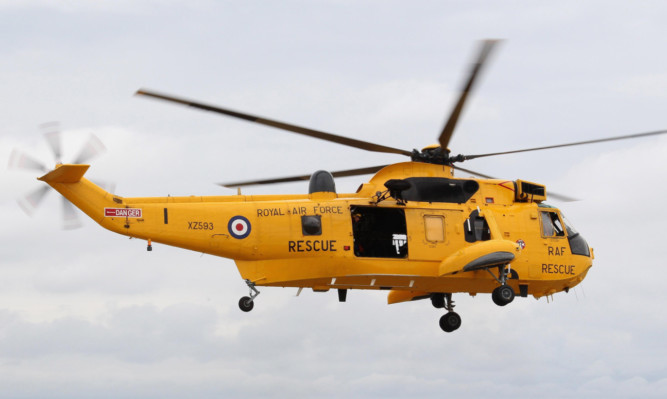Britain’s search-and-rescue helicopter service is to be run by US-headquartered Bristow Helicopters, the Government announced today.
The award of the £1.6 billion deal ends 70 years of a service run by the RAF and Royal Navy squadrons.
It also spells the end of the use of Sea King helicopters in search-and-rescue (SAR) work.
Under the new contract, 22 state-of-the-art helicopters will operate from 10 locations around the UK.
Ten Sikorsky S92s will be based, two per site, at Stornoway and Sumburgh in Scotland, and at new bases at airports in Newquay in Cornwall, Caernarfon in Wales and Humberside.
Ten AgustaWestland AW189s will operate, two per site, from Lee on Solent and a new hangar at Prestwick Airport, and new bases which will be established at St Athan, Inverness and Manston airports.
All bases will be operational 24 hours a day.
The new contract will be managed by the Maritime and Coastguard Agency in the same way as the existing contract that operates the Coastguard helicopter bases on the south coast and on the Western and Shetland Isles.
The Department for Transport said that, under the new contract, helicopters will be able to reach a larger area of the UK SAR region within one hour of take-off.
It added that, based on historic incident data, it is estimated there will be an overall improvement in flying times to incidents of around 20% (from 23 to 19 minutes).
Presently, approximately 70% of high and very high-risk areas within the UK SAR region are reachable by helicopter within 30 minutes. Under the new contract, approximately 85% of the same area would be reached within this timeframe.
Bargeton’s Blog: Search and rescue privatisation leaves me uneasy
Transport Secretary Patrick McLoughlin said: “Our SAR helicopter service plays a crucial role, saving lives and providing assistance to people in distress on both land and on sea.
“With 24 years of experience providing SAR helicopter services in the UK, the public can have great confidence in Bristow and their ability to deliver a first-class service with state-of-the-art helicopters.”
The current rescue service’s most high-profile pilot is William, Duke of Cambridge.
The 30-year-old, the future Commander-in-Chief of the Armed Forces, is a Flight Lieutenant based at RAF Valley on Anglesey in North Wales, from where he commands missions to help stranded climbers and stricken vessels in the area.
In 2011 he is understood to have voiced his concern over privatisation plans to Prime Minister David Cameron when the pair met in Zurich as part of England’s 2018 World Cup bid.
